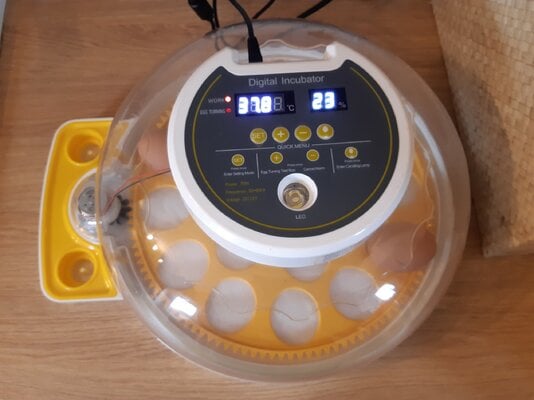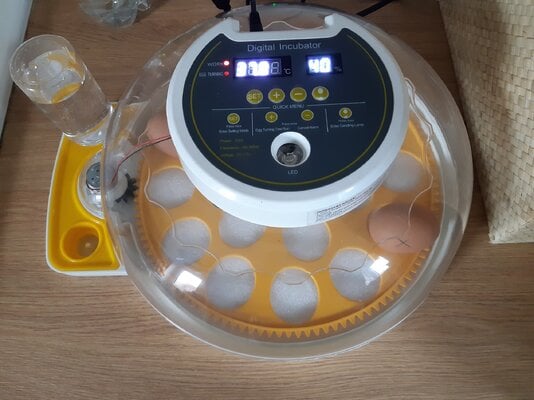- Thread starter
- #21
talkinboutchickens
Songster
- Mar 8, 2024
- 397
- 1,000
- 156
Where I live it's warm during the day (during Summer) and cool at night, so yes, the greenhouse tends to get cooler during the night, but maybe I can fix that by increasing the temp at night????Does the greenhouse stay around the same temperature and humidity all the time? You do not want big fluctuations during development.
The place I live is pretty dry so I was surprised for it to get up to 25-30%.
Oh phew that gives me more hope. Oh wait.....Hold on....... I looked up my state's humidity levels and Google says that my state is "humid continental" with humidity levels of 32.38%. I thought it was dry here, but I guess I was wrong! I thought it was dry here due to my dry hands in the Winter.The place I live is pretty dry so I was surprised for it to get up to 25-30%.







 and my eggs will arrive next week
and my eggs will arrive next week  !!!
!!!
